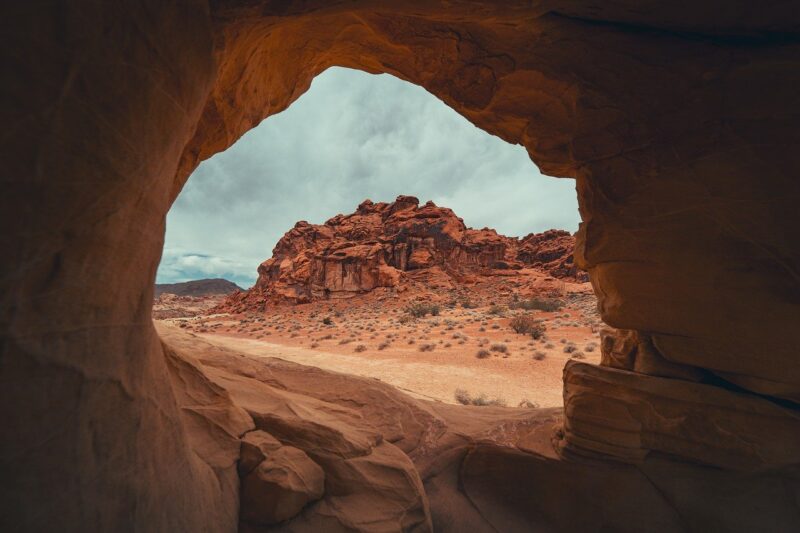
Throughout human history, the unearthing of hidden caves has revealed astonishing insights into long-lost civilizations. From prehistoric art to remnants of ancient lifestyles, these subterranean chambers have often served as time capsules that provide invaluable information about our ancestors and the evolution of human societies. This article delves into some of the most significant cave discoveries across the world, examining their historical context and the treasures they hold.
1. The Importance of Cave Discoveries
Caves are not just natural formations; they are vital keys to understanding human history. Since the dawn of time, humans have sought shelter in caves, using them for protection, spiritual gatherings, and even as burial sites. The study of cave systems can yield information about:
- Prehistoric lifestyles and survival strategies
- Artistic expressions and cultural beliefs
- Lists of extinct flora and fauna genuinely revealing past ecosystems
- Evidence of early social structures and community living
The discoveries made in these caves often reshape our understanding of how human beings interacted with their environment and each other.
2. Notable Cave Discoveries Worldwide
Let’s explore some of the most significant discoveries of hidden caves and the civilizations they revealed.
2.1. Lascaux Caves, France
Discovered in 1940, the Lascaux Caves are renowned for their stunning Paleolithic cave paintings, some dating back over 17,000 years. Artists left behind vivid depictions of animals such as bison, stags, and horses in various hunting scenarios. The artwork provides essential insight into the early human relationship with nature, illustrating not only what they hunted but also their understanding of animal behavior and ecology. The meticulous detail of the paintings suggests that these ancient individuals possessed a sophisticated culture and belief system.
2.2. Altamira Cave, Spain
Located in the region of Cantabria, the Altamira Cave features remarkable polychrome rock paintings, most notably of bison. Discovered in the late 19th century, the cave has been dubbed “the Sistine Chapel of prehistoric art.” Altamira’s paintings highlight the artistry of the Magdalenian people and illustrate their connection to the fauna of their time. The findings have fundamentally altered our understanding of prehistoric art, revealing the presence of complex social rituals among these early societies.
2.3. Chauvet Cave, France
Another important discovery was made in 1994 with the Chauvet Cave, which contains some of the oldest known cave art, estimated to be around 30,000 to 32,000 years old. The cave showcases over 400 wall paintings of various animals, including horses, lions, and rhinoceroses. The discovery of Chauvet Cave has raised questions about the cognitive abilities of early humans and their capacity for symbolic thought, with implications that they may have engaged in ritualistic behaviors surrounding the animals they painted.
3. The Role of Caves in Ancient Civilizations
Caves also served as vital sites for the development of complex societies. They provided refuge, artistic expression, and even burial sites. Let’s take a closer look at how hidden caves contributed to the rise of entire civilizations.
3.1. Caves as Burial Sites
Many ancient cultures used caves as burial grounds, imbuing them with spiritual significance. For instance, many Indigenous communities across the Americas considered caves sacred spaces, performing rituals for the dead and even leaving offerings in these natural chambers. Archaeological studies of burial sites within caves unveil insights into their social hierarchies, belief systems, and practices surrounding death.
3.2. Caves in Minoan Civilization
The Minoans of Crete utilized caves not just as shelters but also for religious ceremonies. The Cave of Zeus at Psychro was believed to be the birthplace of the god Zeus and was a center of worship for the Minoans. Caves like these illustrate how natural caverns were integrated into the mythological landscape of ancient cultures, contributing to the very foundations of their society and governance.
4. The Scientific and Cultural Implications
Cave discoveries have sweeping scientific implications as well. These geological formations reveal climate data through layered deposits, helping researchers understand past climates and their influence on human development. The data collected from caves can help trace patterns of migration, adaptation, and survival strategies of ancient peoples in response to climatic changes.
Similarly, in cultural terms, cave art poses rich questions about the cognition of prehistoric humans. It reveals how they expressed themselves, communicated, and interacted with their environment, suggesting they had a form of social structure and cultural identity.
5. Conclusion
The discovery of hidden caves has not only illuminated the lifestyles and beliefs of entire civilizations but has also reshaped our understanding of human evolution. As researchers continue to explore these enigmatic spaces, more evidence may emerge that will further refine our historical narratives.
Cave discoveries serve as a reminder of the resilience of our ancestors and their enduring legacy within the narrative of human history. From prehistoric artistry to spiritual rituals, one can scarcely overstate the impact these subterranean chambers have had on our comprehension of who we are and where we come from.
As we continue our exploration of the world, may we unearth more mysteries and revelations hidden within the depths of our planet, shedding even more light on the tremendous cultural and historical tapestry that defines humanity.







